The rapid loss of biodiversity across the planet is a pressing issue, with many animal species facing extinction due to human activities and environmental changes.
Below is a detailed exploration of some of the world’s most endangered animals, the threats they face, and the conservation efforts being undertaken to save them.
Extinction occurs when there are no surviving individuals of a species. This natural process has accelerated dramatically due to factors such as habitat destruction, climate change, and poaching.
The International Union for Conservation of Nature (IUCN) monitors and categorizes species into different levels of threat: vulnerable, endangered, and critically endangered.
Critically Endangered Animals
Javan Rhino
- Status: Critically Endangered
- Habitat: Java, Indonesia
- Population: Fewer than 80 individuals remain.
- Threats: Habitat loss due to agriculture and urbanization, and vulnerability to diseases.
| Feature | Details |
|---|---|
| Scientific Name | Rhinoceros sondaicus |
| Population | <80 |
| Habitat | Ujung Kulon National Park |
| Major Threats | Habitat destruction, diseases |
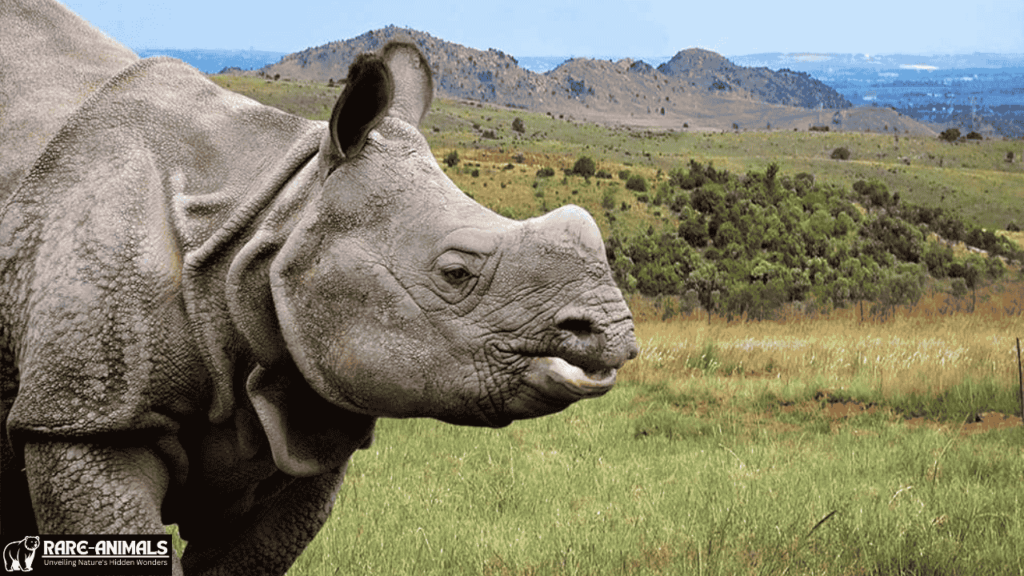
Mountain Gorilla
- Status: Critically Endangered
- Habitat: Forested mountains of Central Africa
- Population: Approximately 1,000 individuals
- Threats: Political instability, poaching, and habitat degradation.
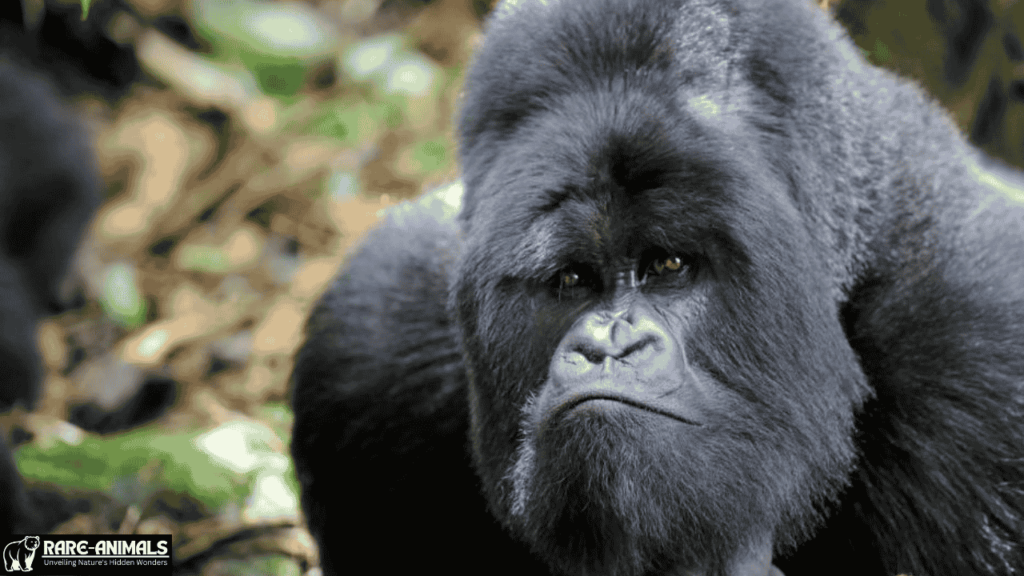
Black Rhino
- Status: Critically Endangered
- Habitat: Sub-Saharan Africa
- Population: Around 5,500 individuals
- Threats: Poaching for their horns and habitat loss.
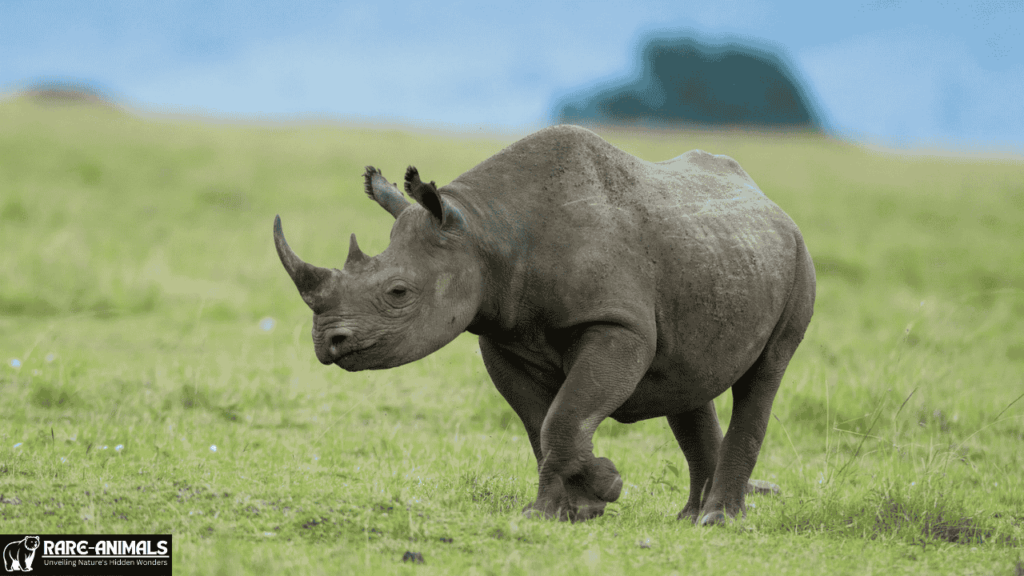
Sumatran Elephant
- Status: Critically Endangered
- Habitat: Sumatra, Indonesia
- Population: Estimated at 2,400-2,800 individuals
- Threats: Habitat destruction, illegal killing, and human-wildlife conflict.
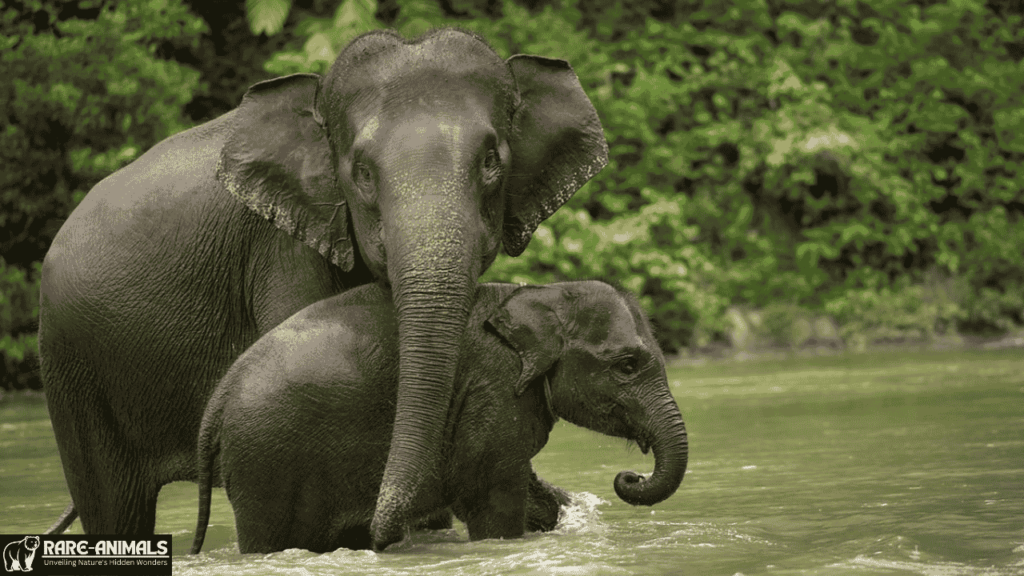
Eastern Lowland Gorilla
- Status: Critically Endangered
- Habitat: Eastern Democratic Republic of Congo
- Population: Less than 4,000 individuals
- Threats: Mining activities, hunting, and deforestation.
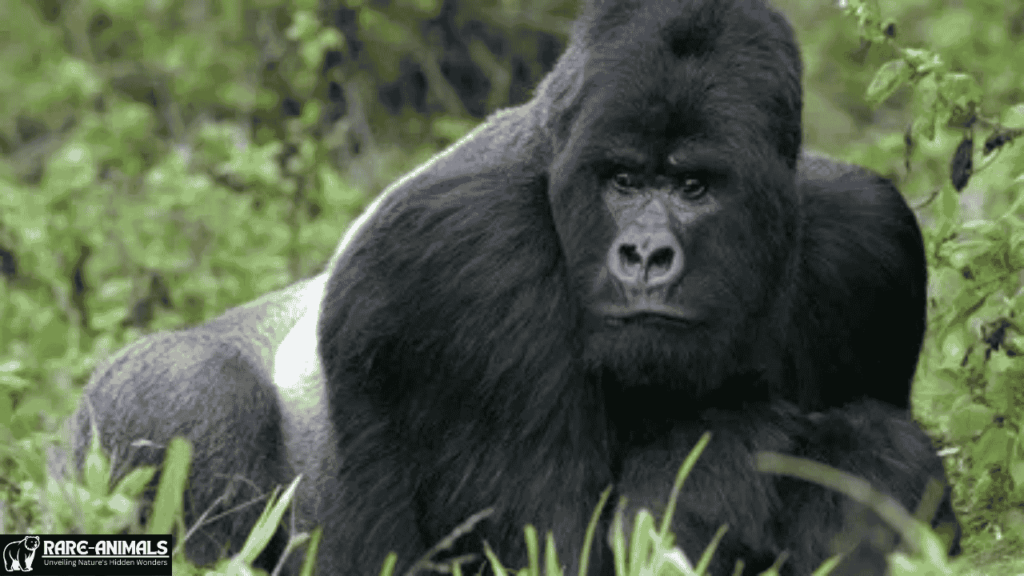
Marine Life on the Brink
Hawksbill Turtle
- Status: Critically Endangered
- Habitat: Tropical reefs in the Atlantic, Pacific, and Indian Oceans
- Population: Unknown but declining
- Threats: Illegal trade of shells, pollution, and loss of nesting sites.
| Feature | Details |
| Scientific Name | Eretmochelys imbricata |
| Major Threats | Illegal shell trade, habitat loss |
| Conservation Efforts | Nesting site protection, anti-poaching measures |

Vaquita Porpoise
- Status: Critically Endangered
- Habitat: Northern part of the Gulf of California, Mexico
- Population: Fewer than 10 individuals
- Threats: Bycatch in illegal fishing nets, pollution, and habitat degradation.
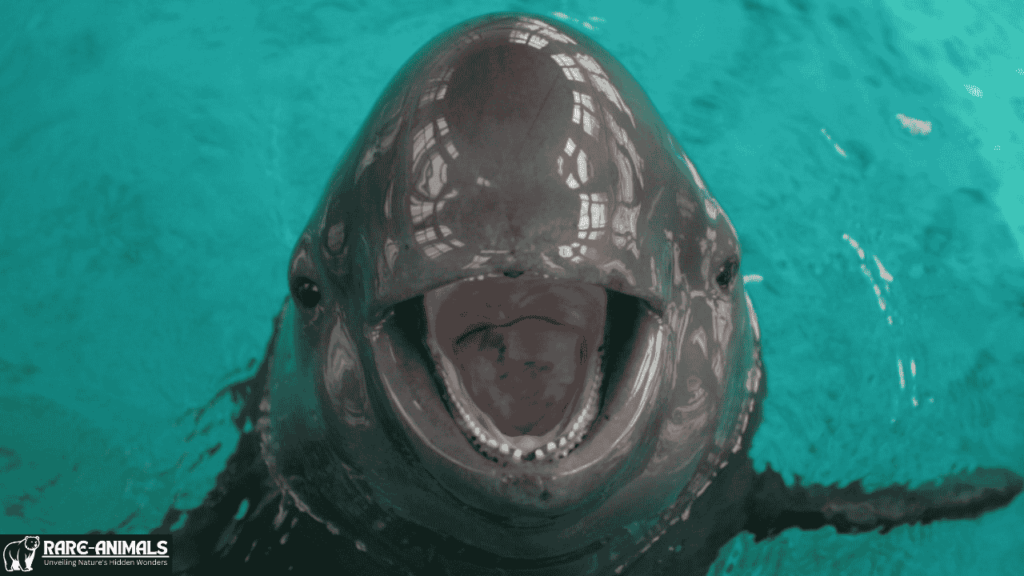
Unique Mammals Facing Extinction
Orangutan
- Status: Critically Endangered
- Habitat: Borneo and Sumatra
- Population: Approximately 120,000 Bornean and 14,000 Sumatran orangutans
- Threats: Deforestation, palm oil plantations, and poaching.
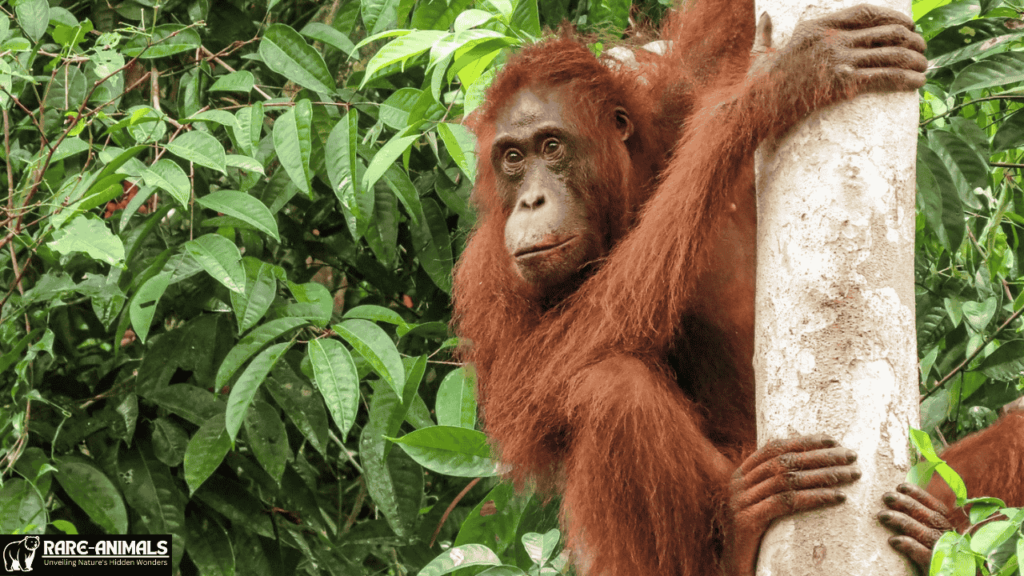
Hairy-Nosed Wombat
- Status: Critically Endangered
- Habitat: Epping Forest National Park, Australia
- Population: Fewer than 300 individuals
- Threats: Limited genetic diversity and habitat destruction.
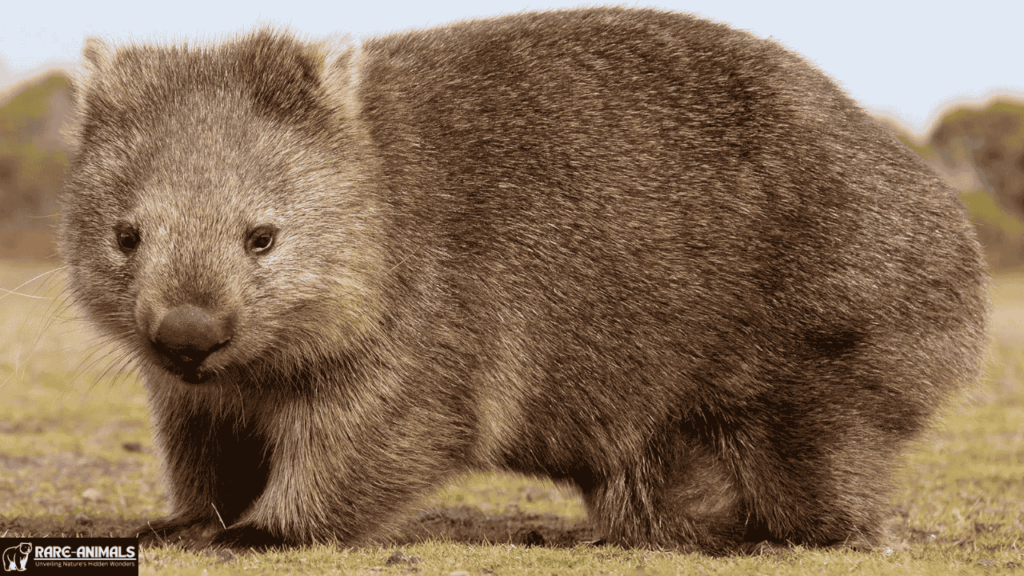
Conservation Efforts
Organizations such as the World Wildlife Fund (WWF) and local governments are taking significant steps to prevent extinction. Efforts include:
- Habitat Restoration: Reforesting areas and creating protected reserves.
- Anti-Poaching Laws: Enforcing stricter penalties for poaching and illegal trade.
- Community Engagement: Educating local communities about the importance of biodiversity.
- Captive Breeding Programs: Ensuring genetic diversity and reintroducing animals into the wild.
| Initiative | Examples |
| Habitat Restoration | Amazon reforestation, Coral reef repairs |
| Anti-Poaching Laws | African Rhino protection programs |
| Captive Breeding | Panda breeding centers in China |
The Importance of Biodiversity
Biodiversity is crucial for the stability of ecosystems. The extinction of one species can disrupt entire food chains and lead to unforeseen ecological consequences.
Animals such as pandas play a vital role in spreading seeds, while predators maintain the balance of prey populations.
Conclusion
The extinction crisis is a reflection of human impact on the planet. While significant progress has been made to save some species, many animals remain on the brink of extinction.
It is our collective responsibility to take action and protect these creatures for future generations. Through awareness, conservation, and sustainable practices, we can help prevent further loss of biodiversity.
FAQs
What is the primary cause of animal extinction?
The primary causes include habitat loss, climate change, poaching, and pollution.
Are conservation efforts effective?
Yes, conservation efforts have successfully brought some species back from the brink of extinction, such as the giant panda.
How can individuals contribute to conservation?
People can contribute by reducing their carbon footprint, supporting wildlife organizations, and spreading awareness about endangered species.
Which animal is most endangered today?
The vaquita porpoise is one of the most critically endangered animals, with fewer than 10 individuals remaining in the wild.

Alveena is an experienced content writer with a knack for crafting engaging and insightful pieces. She thrives on breaking down complex ideas and presenting them as clear, captivating content that resonates with readers.

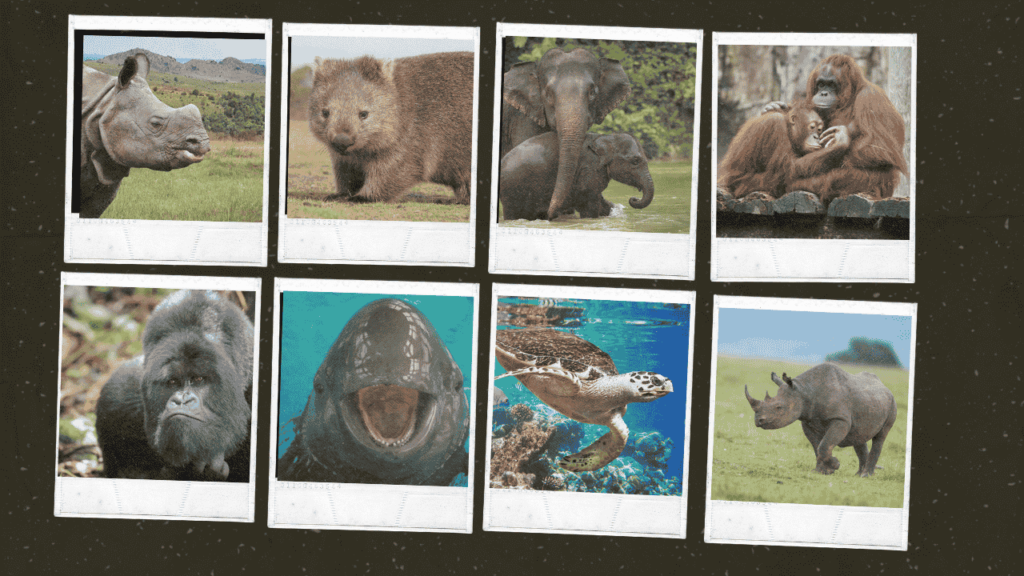
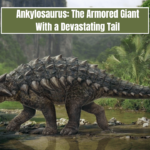
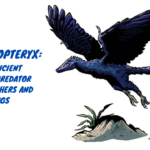

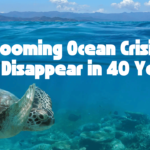
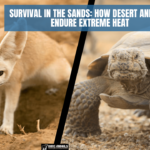

7 thoughts on “What Animals Are Going Extinct”